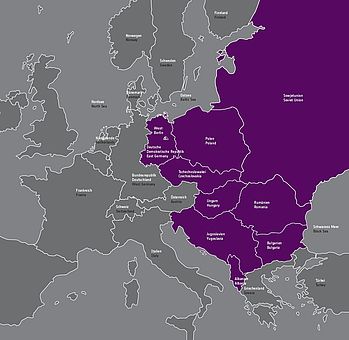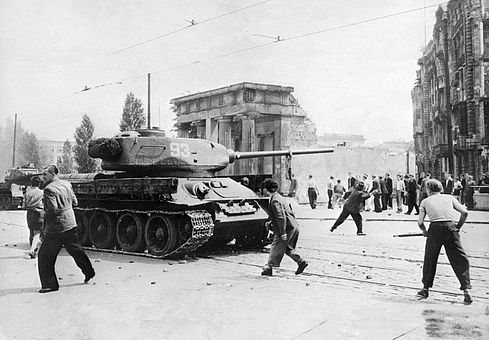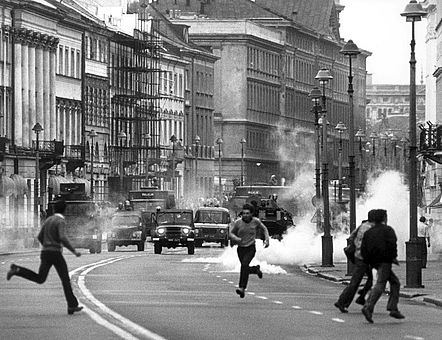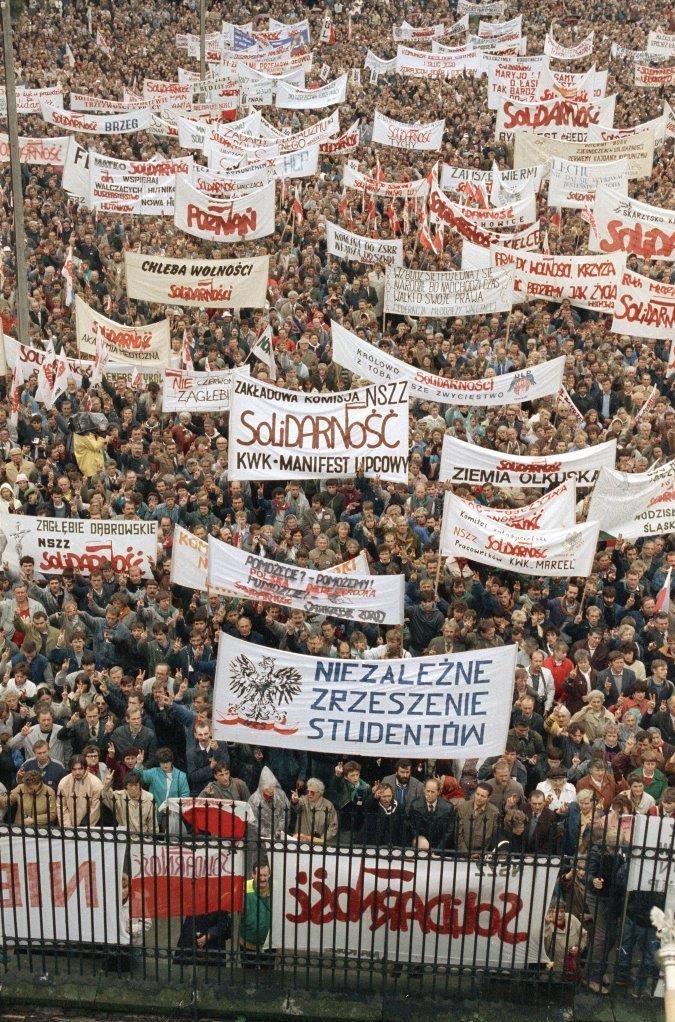
Movement against the communist dictatorship
From the very beginning, the establishment of communist dictatorships in Central and Eastern Europe prompted protest and resistance. Revolts were suppressed, reforms were prevented. It was not until 1989 that a revolution brought the dictatorship of the GDR's ruling SED party to an end.
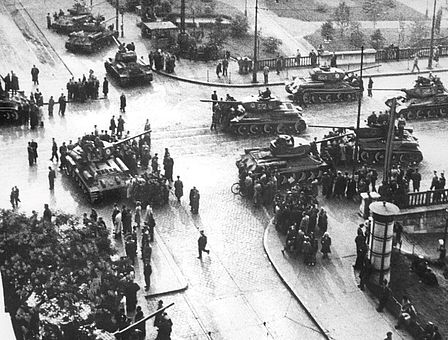
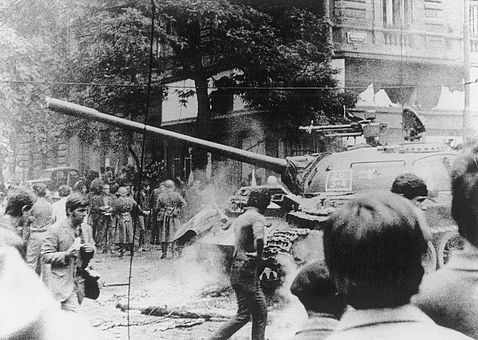
After the end of World War II in 1945, communist parties established dictatorships in the area under the control of the Soviet Union. They used their armies, secret police and justice systems to smother any political protest. Revolts were put down by armed violence, democratic reforms were prevented by military interventions, political opposition was banned.
Despite persecution, arrests and expulsions, critical voices could not be silenced entirely. Finally, at the end of the 1980s the process of political and economic decline led to a breakdown of communist rule in the countries of Central and Eastern Europe. In the GDR, peaceful protests by large swathes of the population prompted the end of the Socialist Unity Party's (SED) dictatorship and the introduction of democracy.

